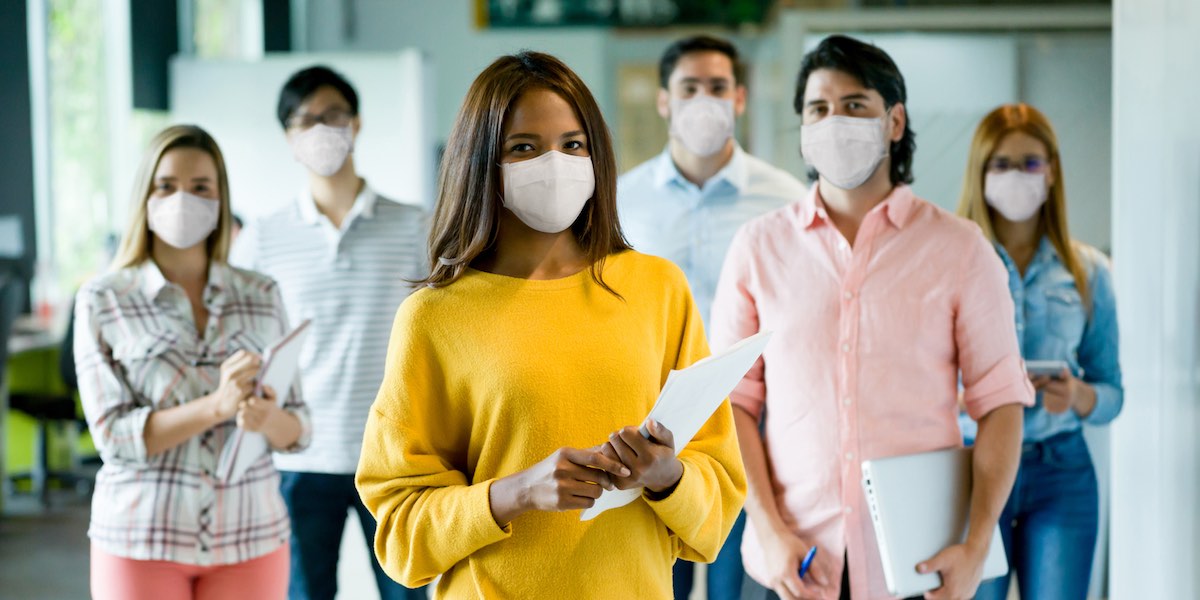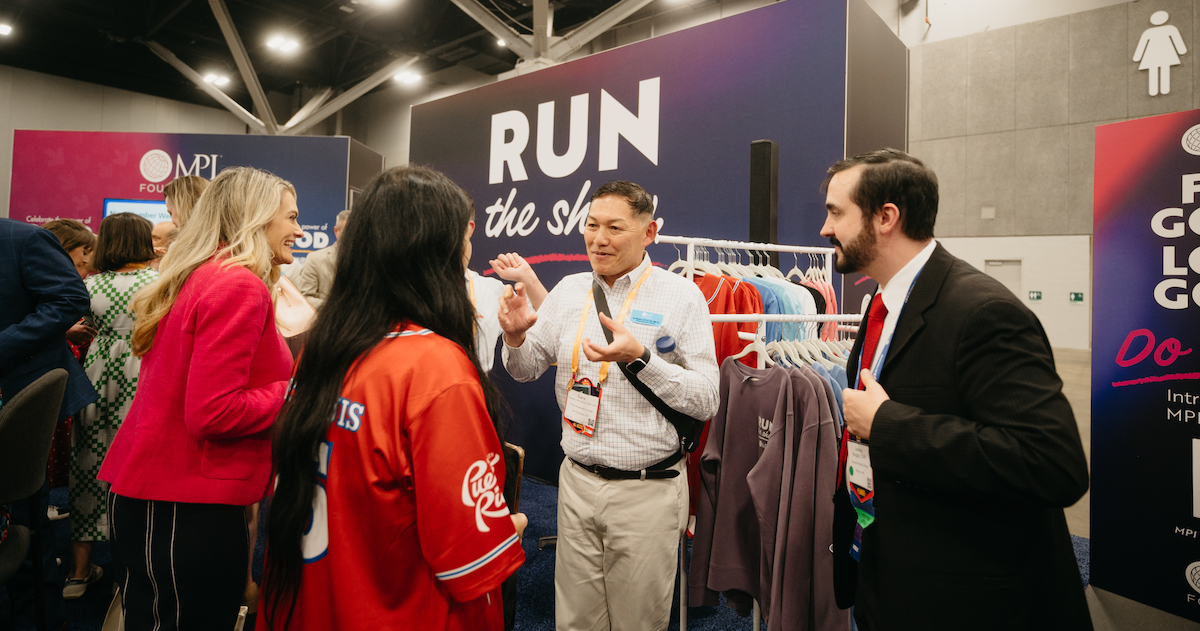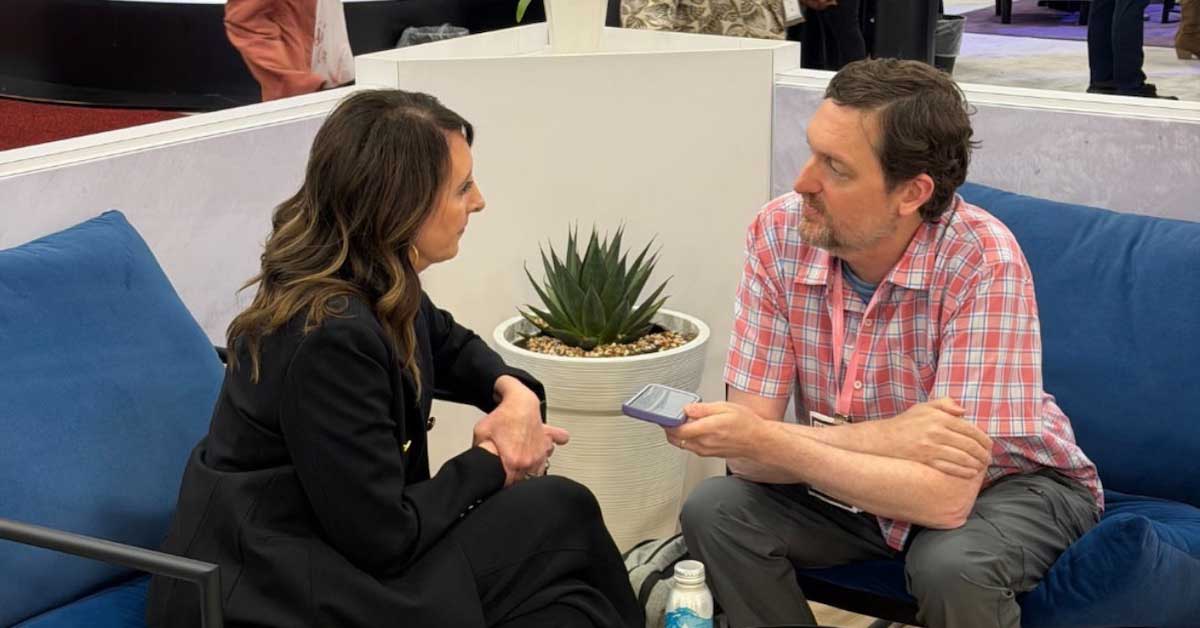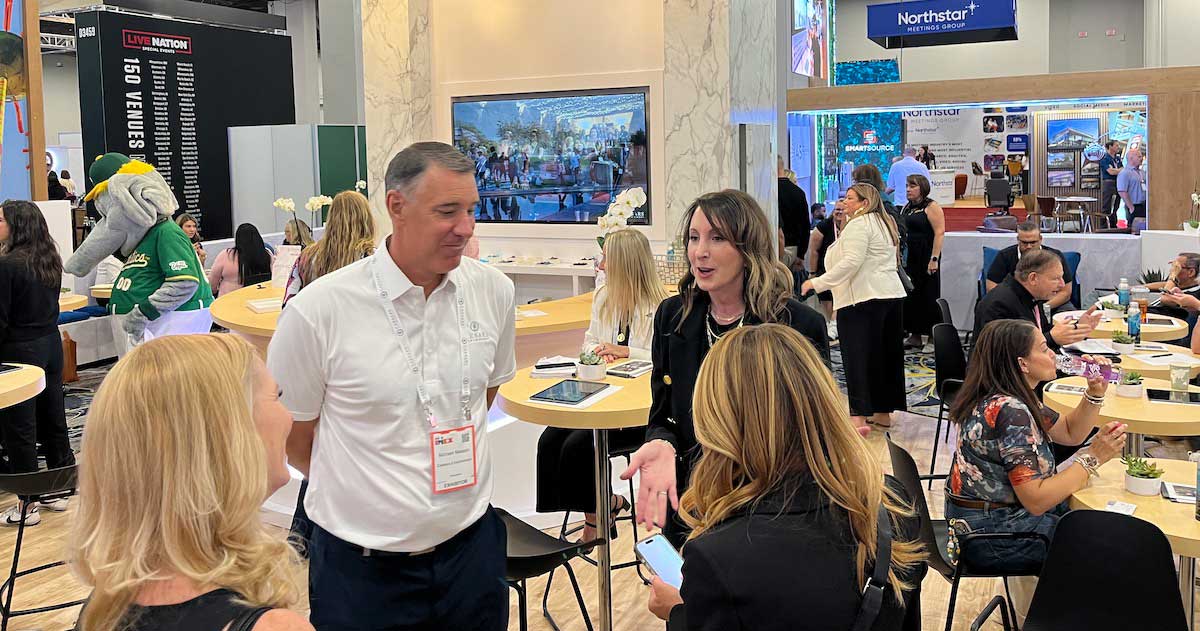While masking requirements and other COVID-19 protocols seem to be increasingly pushed aside for meetings and events—a sentiment largely mirroring the public at large—such safety mandates continue to be upheld at events ranging from the New York Comic Con to the American Association for Aerosol Research (AAAR) Annual Conference.
On Oct. 6, tweets about the COVID protocols for AAAR’s 40th Annual Conference at the Raleigh Convention Center popped up in my Twitter timeline.
“Surely, it’s worth paying attention to what aerosol and air flow experts are doing to ensure a safe-as-possible in-person event?” I thought. A look at some of the session titles makes the depth to which these participants dive into the relevant science exceedingly clear:
- “Detailed Exploration into the Underlying Physiochemical Properties of Aerosol that Govern How Long SARS-CoV-2 Remains Infectious in the Aerosol Phase.”
- “Heterogeneity in Airborne Transmission of COVID-19 by Respiratory Aerosols.”
- “Modeling of Virus-contained Particle Removal in a Classroom Using Portable Air Purifiers.”
- “Aerosol Dispersion of Submicrometer Particles in an Aircraft Cabin.”
- “Turn on the Light: The Evolution of Aerobiology and Airborne Disease Studies in the United States Before Aerosols, 1930-1955.”
Dr. Dustin Poppendieck, an environmental engineer in the Indoor Air Quality and Ventilation Group at the National Institute of Standards and Technology (NIST), was live-tweeting his experience at the event—the tweets that brought this event to my attention.
His onsite coverage concluded with, “And yes, mask adherence was nearly 100% during talks, CO2 was never above 850 ppm. And most food was eaten outside. Hopefully these layered mitigation [tactics] minimized disease spread among attendees.”
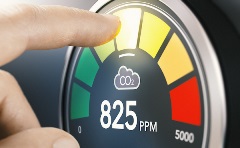 It has become common on COVID Twitter for event participants armed with portable CO2 monitors, such as the Aranet4, to live tweet the carbon dioxide concentrations encountered throughout their event journey—from airport to airplane and meeting room to exhibition hall. While these monitors don’t measure contagion in the air, they do provide real-time insight of the air quality, which does correlate to viral spread potential. For reference, less than 600 ppm of CO2 is widely considered an “acceptable level”; drowsiness, like that experienced on an airplane, can be expected with CO2 at 1,000-2,500 ppm. The more people in a shared space, the greater the CO2 levels in that space—the same, generally, also applies to SARS-CoV-2, if it is indeed present to begin with.
It has become common on COVID Twitter for event participants armed with portable CO2 monitors, such as the Aranet4, to live tweet the carbon dioxide concentrations encountered throughout their event journey—from airport to airplane and meeting room to exhibition hall. While these monitors don’t measure contagion in the air, they do provide real-time insight of the air quality, which does correlate to viral spread potential. For reference, less than 600 ppm of CO2 is widely considered an “acceptable level”; drowsiness, like that experienced on an airplane, can be expected with CO2 at 1,000-2,500 ppm. The more people in a shared space, the greater the CO2 levels in that space—the same, generally, also applies to SARS-CoV-2, if it is indeed present to begin with.
Many events and venues have shown that with proper ventilation and air refresh rates, CO2 levels—and the corresponding potential SARS-CoV-2 risk—can be successfully managed. If nothing else, consider general onsite stakeholder wellness: With greater clean air, you’re helping participants to be their best selves, to experience your event with greater mental acuity.
In a curious note, four days after the AAAR conference, the White House held its first ever Summit on Improving Indoor Air Quality. The topic is clearly getting some much-deserved attention beyond the quick-thinking troubleshooting that sprang up during the pandemic’s first year as venue’s sought potential solutions.
“Twenty years ago, I got my start in indoor air quality, helping learn lessons from the anthrax attacks on the Senate Hart Building,” Poppendieck tweeted. “I don’t think I ever would have thought enough people would ever care enough to hold a White House Summit on Indoor Air Quality.”
Considering that many localities and events have given up requiring masking indoors, I reached out to Virtual Inc., an association management and event planning firm that’s worked with AAAR for years—including for the 2022 annual conference—to learn more about the event’s onsite COVID protocol.
“Since the attendees of this conference study and work within aerosol particles, and are very involved in COVID, the conference chair and board thought it would be important to have stricter-than-normal policies,” says Sammie Blizzard, events specialist, Virtual Inc. “There is some fear that if this event were to be a super spreader that it could negatively impact their association, but I think they also wanted to just show that they are taking this virus seriously (regardless of other conferences removing mask guidelines).”
Blizzard explains that the board discussed which protocols to put in place for the event and that masking, specifically, is still a very normal practice for most of the event’s participants.
The essence of the event’s COVID protocols were nothing new—they’re the tried-and-true basics that emerged as public health necessity early in the pandemic and remain important for risk mitigation. Ventilation and disease transmission, for instance, were sufficiently understood following the 1918 flu pandemic that numerous Orpheum Theaters were purpose-built to provide fresh air. It shouldn’t be surprising to see event professionals maintaining common-sense safeguards, however, with masking requirements gone from most day-to-day activities, AAAR’s decision does stand out.
“Basically, the protocols we had were masks required for all attendees, and proof of both vaccines or a negative test,” Blizzard says. “If an attendee did not have proof of either, they were not allowed in. A couple people did show up without [proof], but luckily had a picture [of their status] on their phone…almost all of them were prepared.
“The need to show your vaccine card or a negative test was also due to the fact that we had attendees coming from all over the world. They wanted to make sure people felt comfortable coming to the conference knowing that they would be interacting with people from multiple countries.”
“For those outside the country, they needed to physically show us their vax card or negative test.,” she says. “This was communicated almost monthly, and posted on the website, for quite some time [in advance] so people were aware. We did not get any negative feedback.”
Blizzard notes that the Raleigh Convention Center was great, overall, but specifically when it came to the venue staff’s own understanding of indoor air quality.
“The [convention center] staff all followed our guidelines, and what AAAR loved was that their COVID policies already had outlined the air filtration and air recycling which is something [the association was] wanting to know about,” she says.
Intelligent cooperation with the venue is key to ensuring indoor air quality—venue staff, after all, should know more about the facility than anyone. Blizzard adds that the planned venue for last year’s conference “did not know how to measure how often the air was being recycled.” Ultimately, the 2021 event—as an in-person gathering—was cancelled (just like in 2020), and this professional community came together virtually. Considering this tumultuous recent history, for this year’s event planners did maintain a virtual back-up plan in case pandemic conditions made an in-person gathering untenable.
The safety protocols for the 2022 AAAR Annual Conference do not appear to have negatively impacted attendance even though, of course, many organizations are still seeing attendance below 2019 numbers.
“In past years, we [typically] have around 800 attendees, and this year we were around 730, I believe,” Blizzard explains. Sponsorship and exhibitor numbers were also “about where they usually are.”
In thinking about adherence to the protocols, Blizzard did share one important caveat.
“I do think that this group is a special case, these requirements are still part of their day to day which made it easy to implement,” she says. “If it were another group, I’m not so sure people would be so willing to adhere to it.”
That begs a question for all meeting and event professionals, a flexible species with a long history of incorporating best practices from outside their direct industry: If indoor air quality experts are still requiring masks and proof of vaccination or a negative test for their events, should you?
